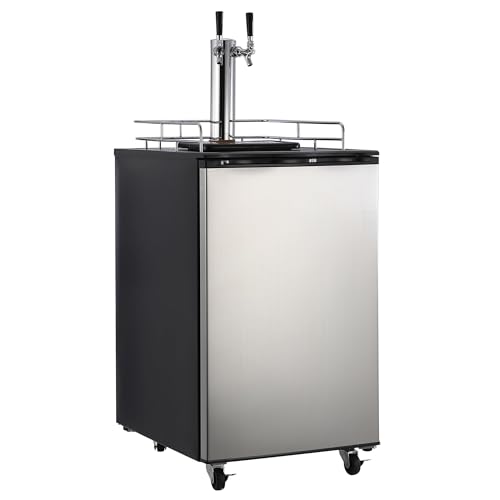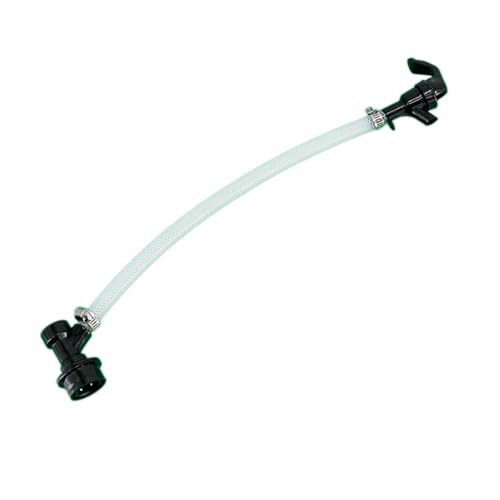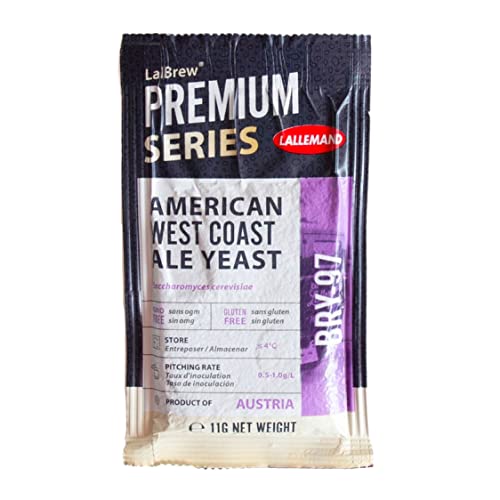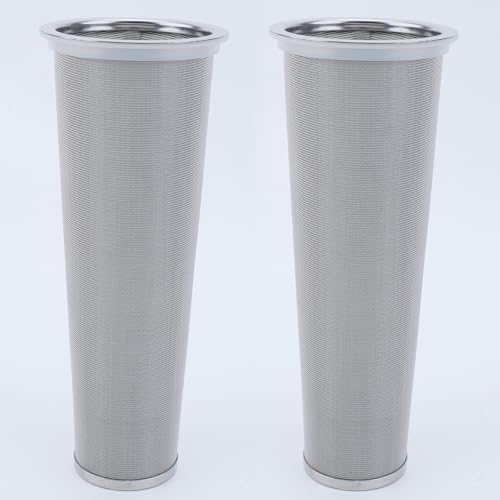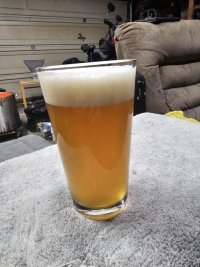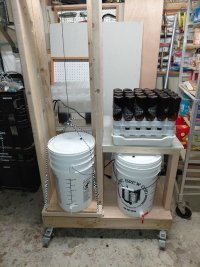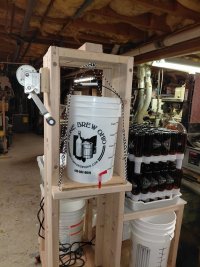So this is the end of a totally empirical process: for years I would dump whole pellets into fermentation-temperature beer (ie: in the upper 60s°F) and aside from the most dense pellets, the rest would turn into a big floating mass of mush and take days to sink, if ever, before I cold-crashed them all to the bottom prior to racking to kegs. Life was simple and the beer was good.
Then Scott Janish upset the apple cart with his prognostication that one should first drop the yeast with a couple of days of soft-crashing to 50°F, then add the hops at that temperature, let them stand for only two days, then hard-crash everything to the bottom and rack, with the promise that the intensity of character would be maximized while minimizing hop creep. Life got complicated, but indeed, I loved the result and switched to that process.
But what I found, immediately, was dumping intact pellets into 50°F beer sends them straight to the bottom, "Check! Please!" In fact in the pre-Janish years I had always noticed when cold-crashing the hops would hit the bottom by the time the beer had dropped to 50°F. And if a goal is to leave the soft-crashed yeast sitting quietly on the bottom, swirling the beer to get the pellets to break up is verboten.
So I experimented with pulverizing the pellets, and on the first try I observed the pellet powder sitting proudly in a pile on top of the 50°F beer, which persisted hours into the day, until I finally rocked the carboy to get the rest of the pile to spread out, soak up more beer, and start to drift down. Definitely solved the "depth charging" effect with whole pellets, and I've stuck with this procedure ever since.
Cheers!



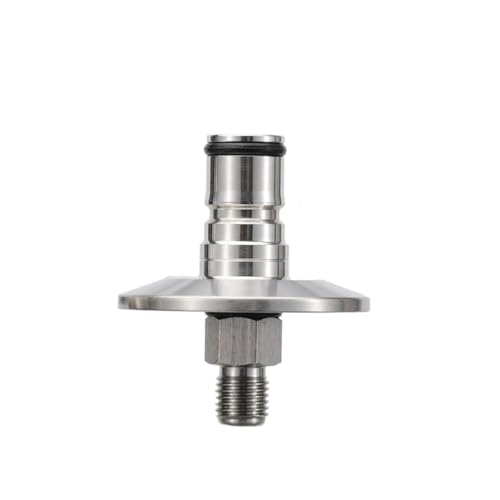








![Craft A Brew - Safale S-04 Dry Yeast - Fermentis - English Ale Dry Yeast - For English and American Ales and Hard Apple Ciders - Ingredients for Home Brewing - Beer Making Supplies - [1 Pack]](https://m.media-amazon.com/images/I/417FujUfrWL._SL500_.jpg)






















